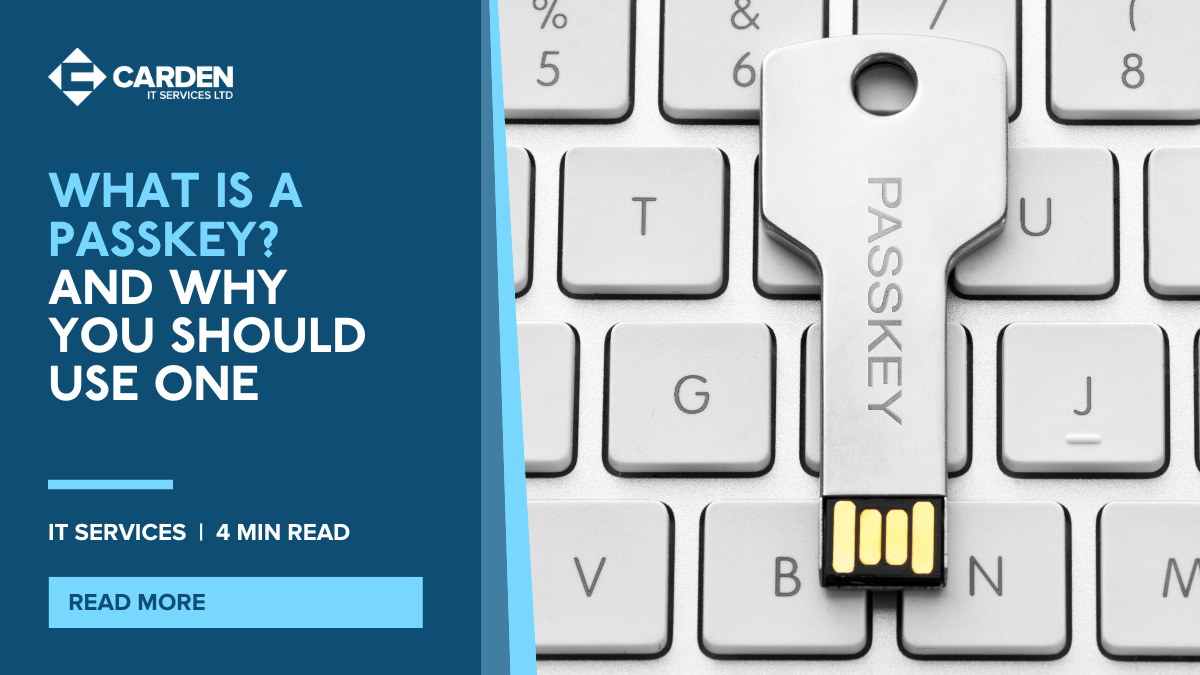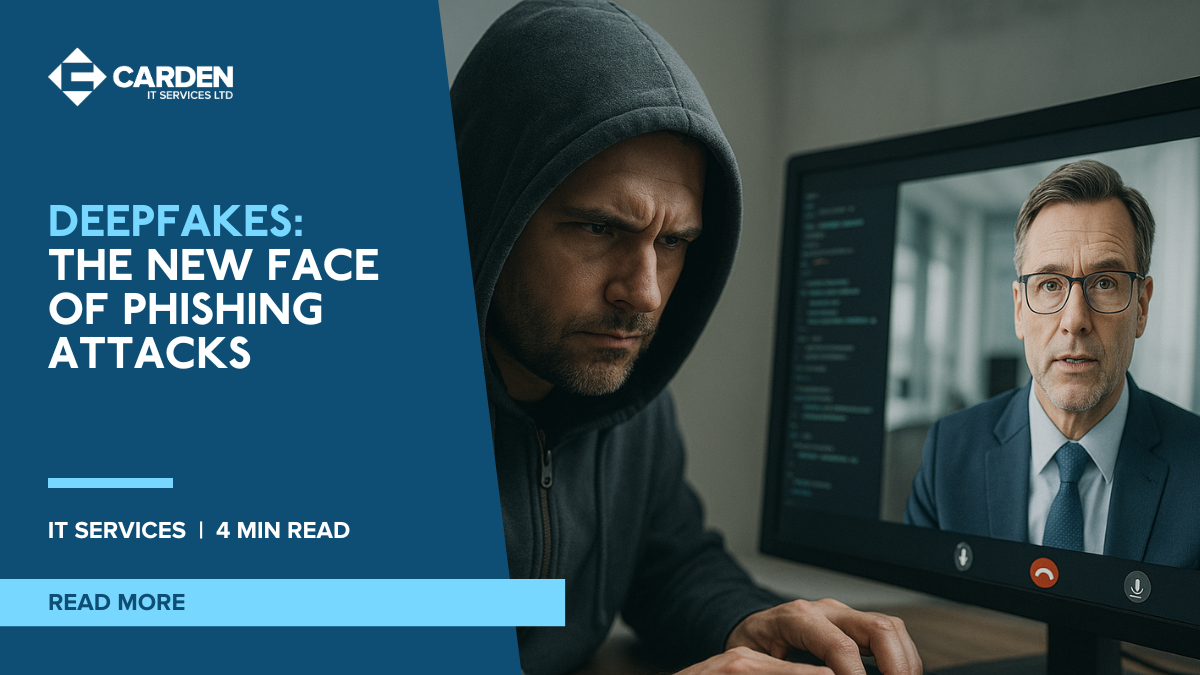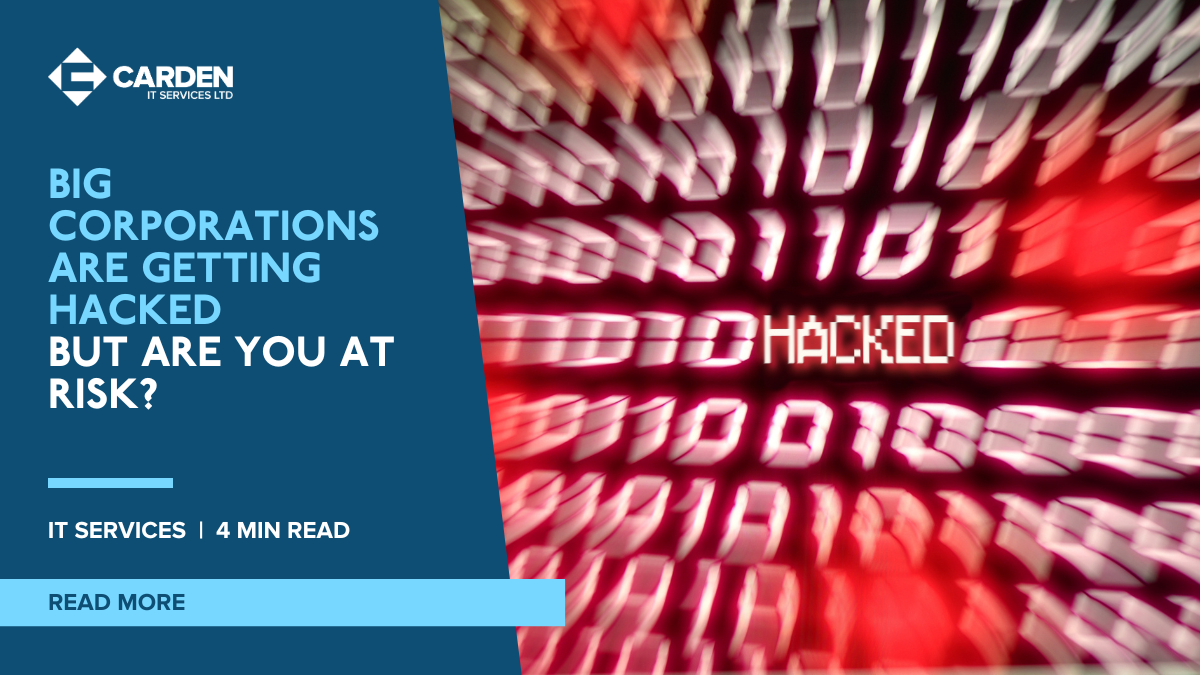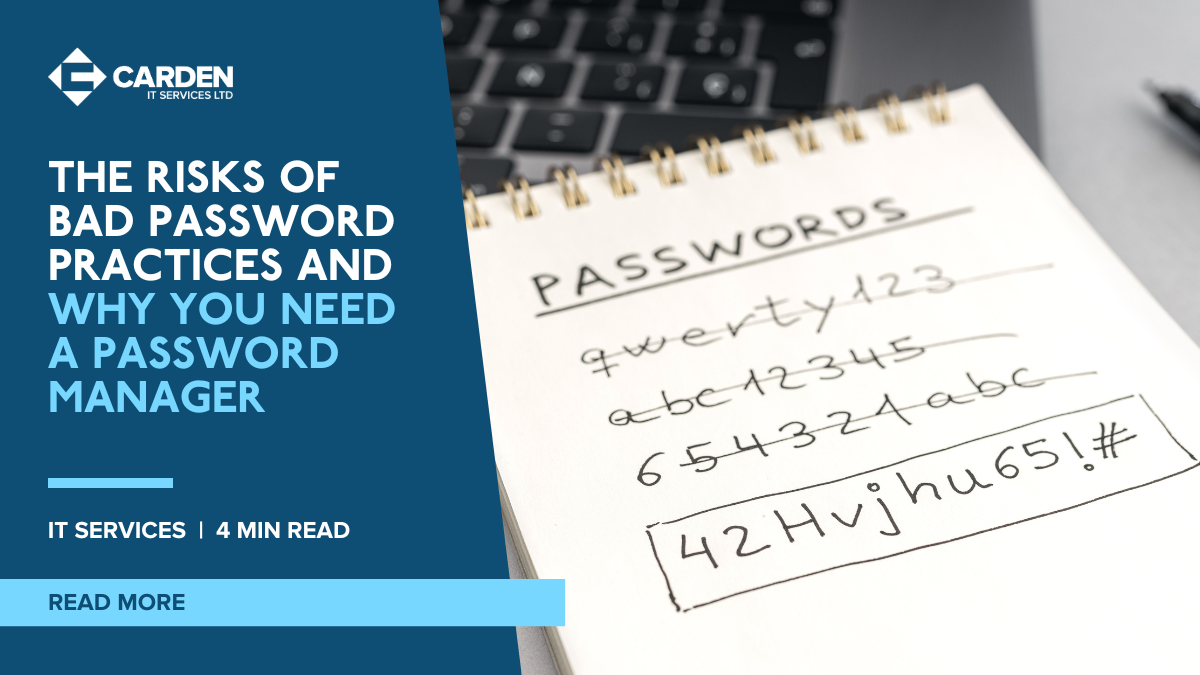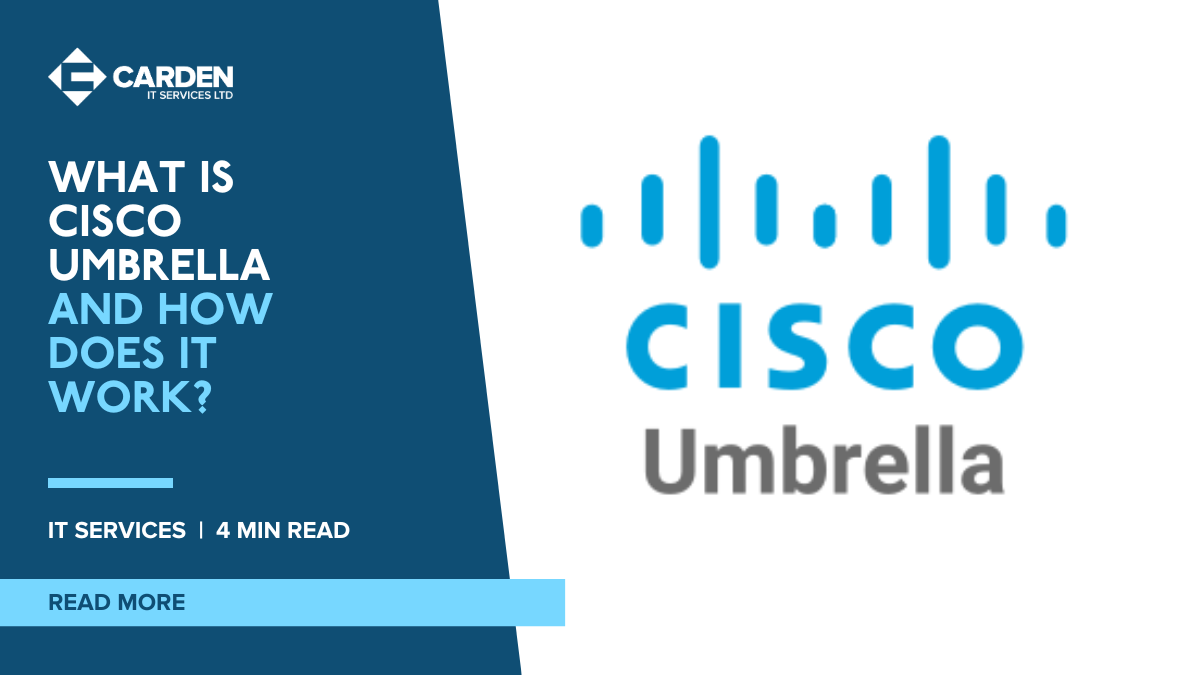Cybersecurity breaches have been making headlines lately, with notable attacks on global giants like MGM Resorts and Marks & Spencer (M&S). These recent incidents have raised an important question: if even these industry leaders can fall victim to cyberattacks, how secure are small businesses?
What Is a Passkey? And Why You Should Use One
Remembering dozens of passwords. Changing them every 90 days. Getting locked out of your account again because of a forgotten character. If that sounds all too familiar, you’re not alone.
The Importance of Employee Training in Cybersecurity
Strong cybersecurity measures are no longer just an IT concern, they’re a business necessity. And while firewalls and antivirus software play an important role, one of the most powerful tools in your defence strategy is something far more human: your team.
Deepfakes: The New Face of Phishing Attacks
Phishing has long been one of the most common cyberattack methods, typically arriving in the form of fake emails designed to trick you into clicking a malicious link or handing over sensitive information. But as technology evolves, so do the tactics of cybercriminals. One of the latest, and most alarming, developments is the rise of deepfakes in phishing campaigns. (more…)
Big Corporations Are Getting Hacked. Are You At Risk?
When major global companies suffer cyberattacks, it makes the news – and for good reason. The financial damage, reputational fallout, and legal consequences can be enormous. In recent months, we’ve seen several well-known retailers and hospitality giants hit by cyber incidents that brought systems down for days, compromised customer data, and exposed weaknesses in even the most well-funded IT infrastructures.
The Risks of Bad Password Practices: Why You Need a Password Manager
Imagine walking into your office one morning only to find that your email has been hacked, your customer records are exposed, and your accounting system is locked behind a ransom demand. The cause? A single weak password that an employee reused across multiple platforms.
The Default Microsoft 365 Remote Access Restrictions: What You Should Know
Microsoft 365 (formerly Office 365) makes it easy for your team to collaborate – wherever they are in the world.
The New MESH Report Spam Feature
Email threats are constantly evolving, and even with robust security systems in place, no solution is perfect 100% of the time. That’s why it’s crucial to make sure your defences are agile, responsive, and user-informed.
What Is Cisco Umbrella and How Does It Work?
Let’s be honest — cybersecurity isn’t always the most thrilling subject. But when you’re the one responsible for keeping your business running smoothly, safely, and without disruption, it becomes a lot more relevant. Especially when you consider just how much of your business depends on the internet — emails, cloud apps, video calls, file sharing, customer databases — the list goes on.
What Is Datto SaaS Protection+ And How Does It Work?
We rely on the cloud for almost everything these days — emails, shared documents, project timelines, and collaboration tools. It’s all just… there, when we need it. Convenient, efficient, and supposedly safe. But what if, tomorrow, it wasn’t?


